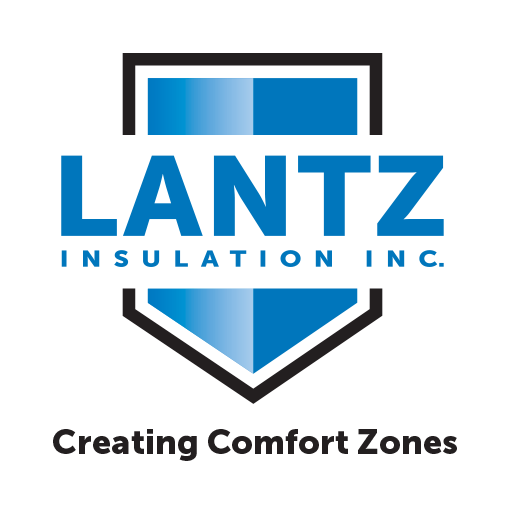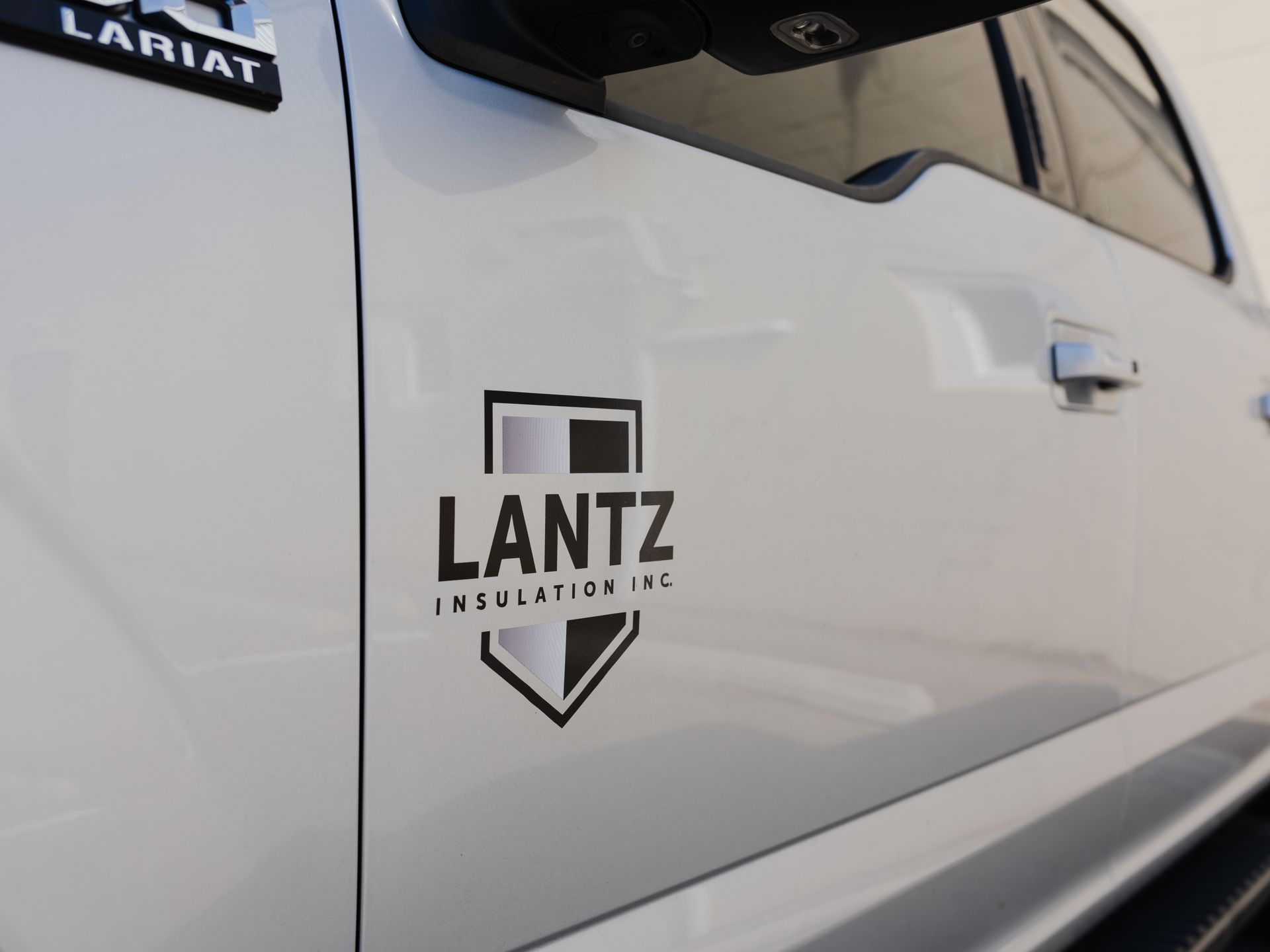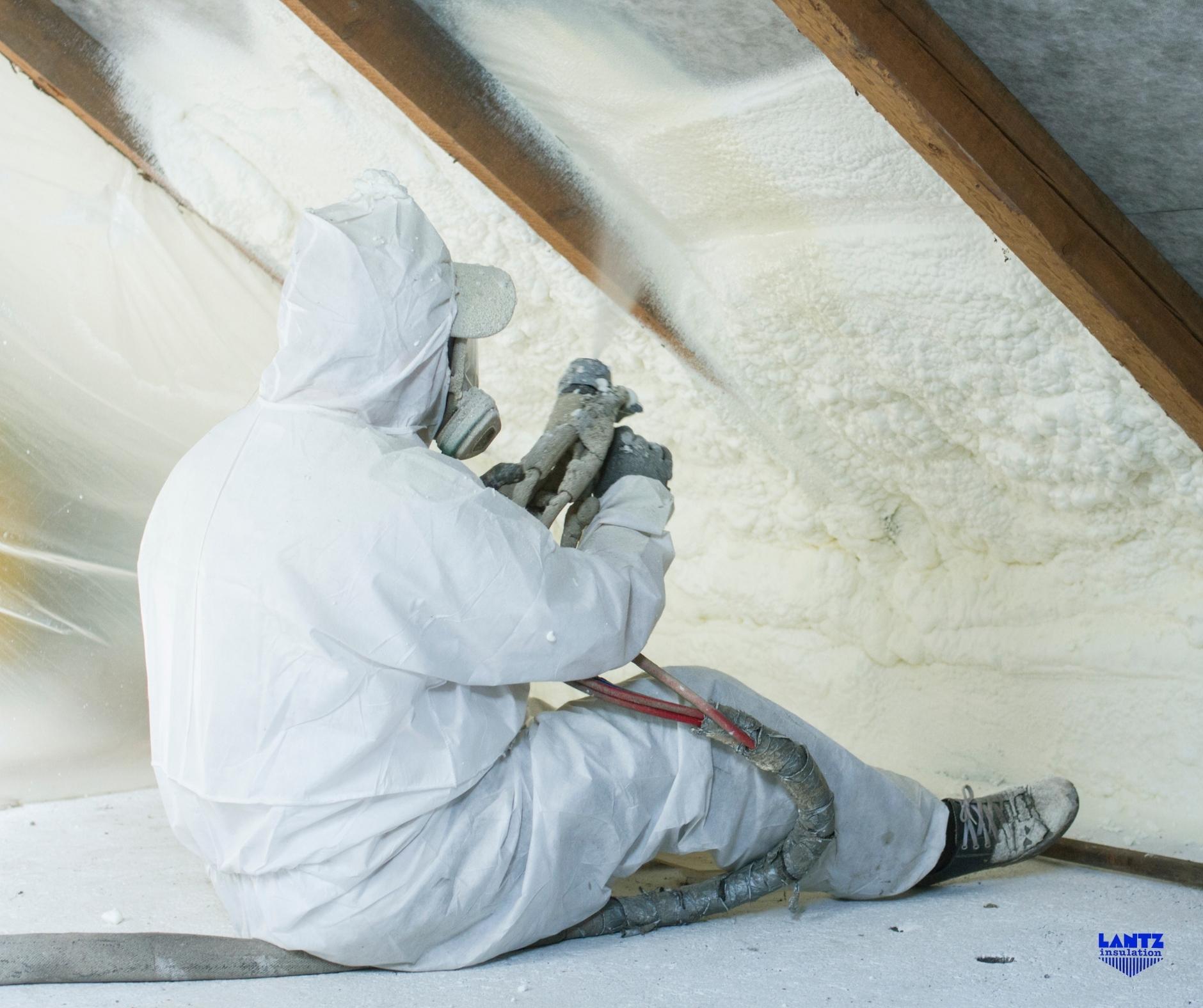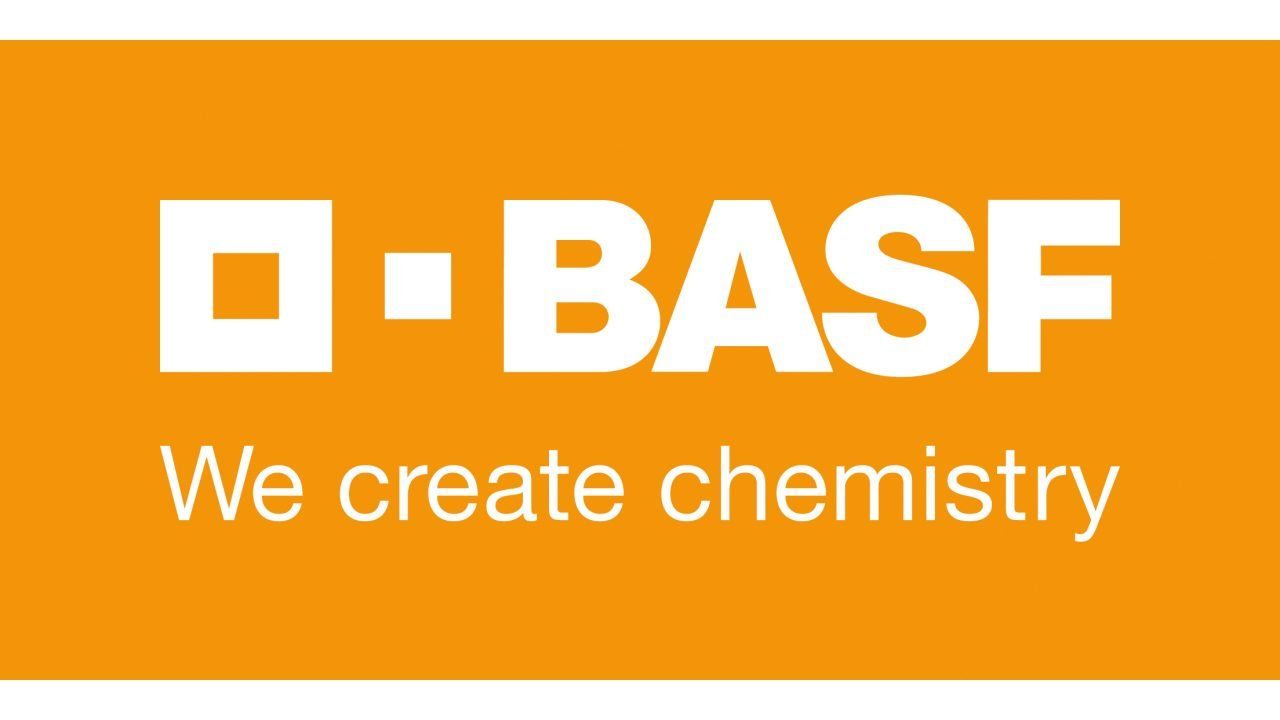How long does spray foam insulation last?
How long does spray foam insulation last? When properly applied, spray foam insulation can last between 80 years to 100 years, making it a long lasting and reliable solution. Its longevity comes from its moisture resistance, ability to withstand temperature changes, and lack of settling.
We'll dive deeper into this topic below, reviewing the advantages of installing spray foam, how it measures against other types of insulation, and more.
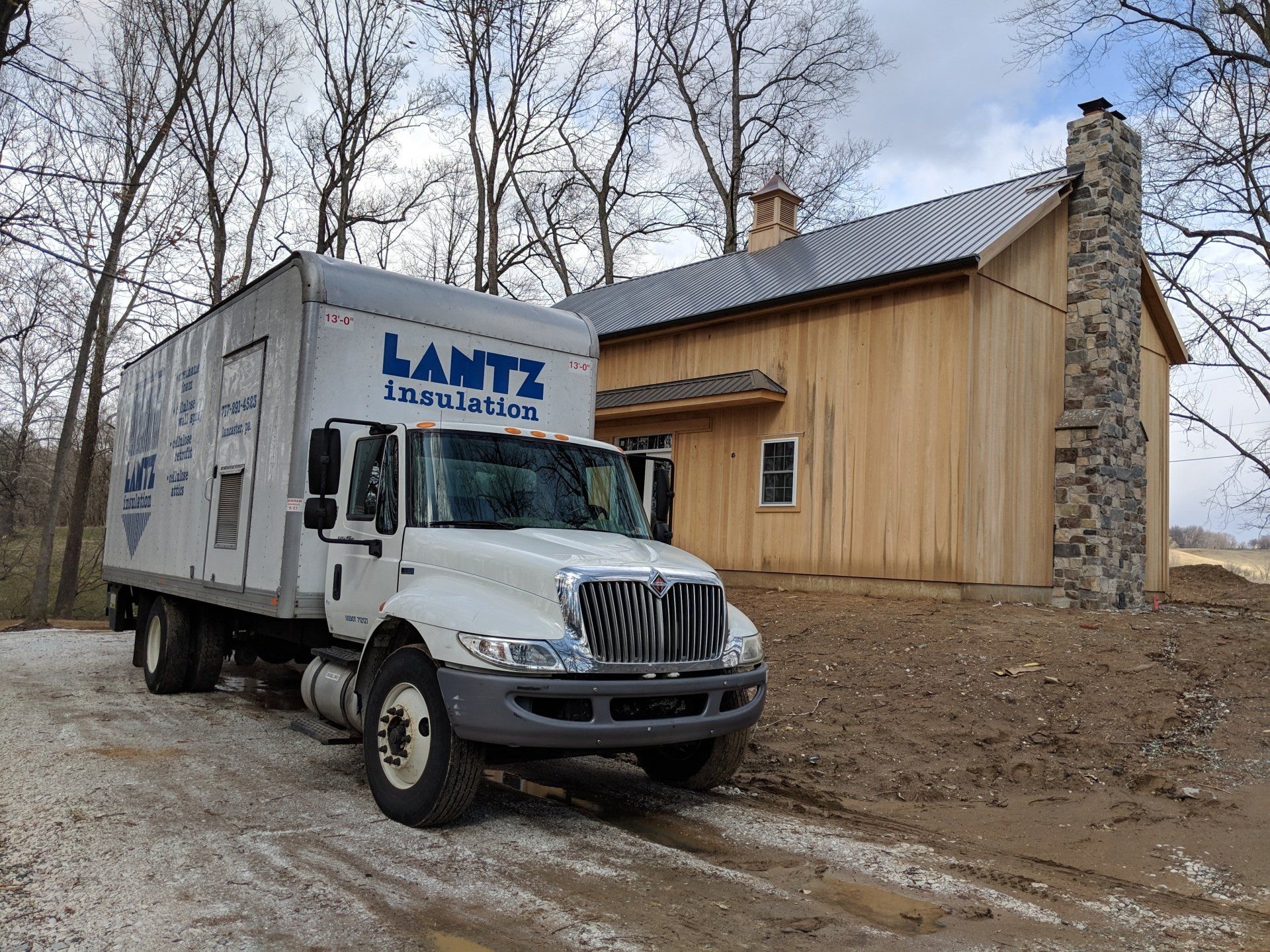
Why does spray foam insulation last so long?
There are a variety of reasons for spray foam insulation’s long-lasting qualities, from its chemical composition to the application process itself. Let’s explore further with a couple of frequently asked questions.
Does spray foam break down over time?
In general, spray foam doesn’t deteriorate because of its inert nature, preventing it from reacting with other substances and reducing the risk of chemical breakdown or disintegration. The chemical composition of spray foam creates a stable, unreactive material that resists degradation over time. Unlike other insulation materials that can rot, decay, or be affected by pests, spray foam insulation remains unchanged and effective for decades.
Is spray foam permanent?
When installed correctly by professionals, spray foam insulation can last for many decades. Its resilience to moisture, temperature fluctuations, and pests increases its longevity compared to traditional insulating materials. Homeowners can expect a well-maintained spray foam insulation system to provide consistent thermal resistance and energy efficiency throughout its lifespan.
Over time, spray foam insulation may experience minimal shrinkage or slight degradation, particularly in extreme conditions or because of improper installation, but these instances are rare.
Polyurethane properties
The primary component of spray foam insulation, polyurethane, offers numerous benefits, namely its durability. Polyurethane has excellent thermal insulation capabilities, providing a high R-value—a measure of heat resistance—that boosts energy efficiency and reduces heating and cooling costs. Its rigidity and structural integrity are other notable features.
Additionally, polyurethane has outstanding adhesive properties and is highly resistant to water and moisture infiltration, preventing issues such as mold, mildew, and damage due to water ingress. All of these factors make spray foam insulation more effective than other kinds of insulation.
Closed- and open-cell foam
Closed-cell spray foam and open-cell foam are the two types of spray foam insulation, each with its own perks. Closed-cell spray foam is more rigid and stable because the cells are entirely closed, disabling moisture from penetrating the foam.
By contrast, open-cell foam isn’t completely closed, allowing for greater flexibility. Unlike closed-cell foam, open-cell can allow moisture to seep in, potentially compromising the insulation's effectiveness over time.
While both deliver benefits, it’s up to personal preference and the project’s requirements to determine which method to use. However, closed-cell foam tends to last longer and is the more effective insulation option.
Factors that can influence the lifespan of spray foam
Like anything else, various factors influence the lifespan of spray foam insulation, each contributing to the material's long-term performance and durability.

Installation quality
The main reason spray foam insulation deteriorates is incorrect installation, such as incorrect foam thickness and leaving holes in the insulated space. Proper application by experienced professionals ensures the foam adheres correctly to surfaces, expands uniformly, and creates an effective seal. Poor installation can lead to gaps, uneven layers, and reduced insulation efficiency.
Environmental conditions
Another critical factor affecting the foam's durability is environmental conditions. Extreme temperatures and frequent temperature fluctuations can impact the integrity and performance of the insulation. High humidity and exposure to moisture can also affect certain types of spray foam, particularly open-cell foam, which is more prone to water absorption.
Spray foam maintenance tips
Preventive maintenance is key to maximize the longevity of spray foam and to ensure it’s performing to the best of its ability. It’s important to conduct routine inspections of spray foam insulation, particularly in areas susceptible to moisture or physical damage.
If you detect damage or deterioration, contact a professional. Small repairs can prevent broader issues from developing, ensuring the insulation remains effective over time.
Comparing lifespans: spray foam vs. other insulation materials
There are a slew of
insulation materials available, some of which include:
Fiberglass
Fiberglass insulation is one of the most used insulation materials in residential and commercial buildings. Fiberglass insulation is very fine glass fibers woven into a fluffy, wool-like material. It comes in various forms, including fiberglass batts, rolls, and loose-fill, making it versatile and easy to install in attics, walls, and crawl spaces.
Cellulose
Cellulose insulation is an eco-friendly and highly effective insulation material made predominantly from recycled paper products, such as newsprint. It’s typically installed by blowing it into wall cavities, attics, and other hard-to-reach areas, allowing it to conform to irregular spaces and create a dense, insulating layer.
Wool
Wool insulation is a natural and sustainable insulation material known for its excellent thermal and acoustic properties. Derived from the fleece of sheep, this type of insulation is gaining popularity for its eco-friendly nature and low environmental impact and is available in batts and rolls.
Is spray foam worth the investment?
Absolutely! The initial cost of spray foam insulation can be higher than other kinds of insulation because of the cost of the material itself and the need for professional installation. Despite this, the long-term energy savings and potential reduction in maintenance costs justify the investment.
Plus, when your home is well-insulated, you create a more consistent indoor climate, reducing the workload on your heating and cooling systems, lowering your energy bills.
Enhance home value and efficiency with long-lasting spray foam
Spray foam insulation stands out as a top solution for residential properties because of its unique combination of efficiency, durability, and versatility. Its ability to expand and conform to any space means that every nook and cranny is properly insulated, eliminating gaps and thermal bridges that can lead to heat loss.
Also, spray foam can reduce the costs of electric heating and cooling by up to 50 percent. This substantial reduction in energy consumption is mainly due to the superior insulating properties of spray foam, which create an airtight seal that significantly limits heat transfer.
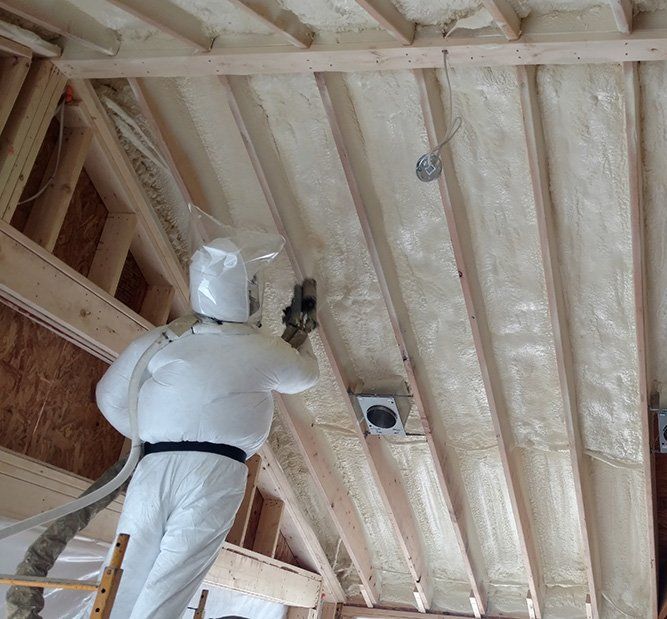
Interested in trying spray foam for your home?
Now, you can better answer the question: How long does spray foam insulation last? At Lantz Insulation we can tackle all insulation for your home, streamlining the installation process. Our highly skilled professionals deliver top-notch service and install your spray foam insulation efficiently and effectively.
Additionally, our commitment to customer care is second to none. From the initial consultation to the final inspection, our friendly and knowledgeable staff will guide you through every step of the process.
Plus, with many different locations, we can serve a wider range of customers in the following locations and more:
